Brexit advice for anyone going to the EU
As of January 1st 2021, there are new rules for UK residence when travelling to the EU and other European countries.
The Ski Club of Great Britain has compiled some of that advice to help travellers understand the changes, and what they might need to do if they are travelling after the Brexit deadline.
Entering the EU and other countries within Europe
At Border control, you may have to show your return ticket and money
At border control, you may need to:
- Show a return or onward ticket
- Show you have enough money for your stay
- Use separate lanes from EU, EEA and Swiss citizens when queueing
Visas for short trips: you will not need one if you’re a tourist
If you’re a tourist, you will not need a visa for short trips to most EU countries, Iceland, Liechtenstein, Norway and Switzerland. You’ll be able to stay for up to 90 days in any 180-day period.
Different rules will apply to Bulgaria, Croatia, Cyprus and Romania. If you visit these countries, visits to other EU countries will not count towards the 90-day total.
You may need a visa or permit to stay for longer, to work or study, or for business travel.
Passports
On the day you travel, you’ll need your passport to both:
- Have at least 6 months left
- Be less than 10 years old (even if it has 6 months or more left)
If you do not renew your passport, you may not be able to travel to most EU countries and Iceland, Liechtenstein, Norway, and Switzerland.
Holidays
Most holiday companies have taken measures to ensure that there will be minimal impact to their guests’ experience.
If you are taking a package deal that is covered by ABTA, ABTOT & ATOL you will have the same buyer protection as before. You should always purchase travel insurance to make sure you are covered in case of delays or cancellations. If in doubt about arrangements contact your tour operator to make sure there aren’t any changes. It is probably worth adding a little extra time before passport control just in case things aren’t running as smooth as normal.
Both Ski Club Freshtracks and Mountain Tracks holidays are covered by ATOL & ABTOT protection and are guaranteed to run regardless of the new Brexit rules. Take a look at our holidays here.
Travel insurance
Most travel insurers will offer the same amount of coverage in EU countries as they did before if you already have a policy with them, in fact, many of them are underwritten by large EU corporations. It is possible that premiums might go up after December 31st as we leave the EHIC scheme and other shared healthcare and insurance organizations. If you aren’t sure whether your insurance still covers you, head to their website or give them a call.
Your European Health Insurance Card (EHIC) will be valid up to 31 December 2020. It’s particularly important you get travel insurance with the right cover if you have a pre-existing medical condition. This is because the EHIC scheme covers pre-existing conditions, while many travel insurance policies do not.
Ski Club Insurance will continue to provide the same cover whatever the outcome of the Brexit negotiations. For full Insurance, policy details go here.
Driving
A ‘green card’ is proof that you have motor insurance cover when driving abroad. You should plan to carry one for the vehicle you’re driving in the EU and EEA, including in Ireland, from 1 January 2021.
You will need to carry multiple green cards if:
- You have fleet insurance – you’ll need a green card for each vehicle
- Your vehicle is towing a trailer or caravan - you’ll need one for the towing vehicle and one for the trailer/caravan (you need separate trailer insurance in some countries)
- You have 2 policies covering the duration of your trip, for example, if your policy renews during the journey
Contact your vehicle insurance provider 6 weeks before you travel to get green cards for your vehicle, caravan or trailer. The green card can be emailed to you by your insurer for you to print. For more information head to gov.uk
Mobile roaming
From 1 January 2021, the guarantee of free mobile phone roaming throughout the EU, Iceland, Liechtenstein, and Norway will end.
A new law means that you’re protected from getting mobile data charges above £45 without you knowing.
You can find all the latest information on gov.uk.
 Off-Piste
Off-Piste Ski Touring
Ski Touring Via Ferrata
Via Ferrata Ice Climbing
Ice Climbing Alpine Glacier Trekking
Alpine Glacier Trekking Worldwide Trekking
Worldwide Trekking





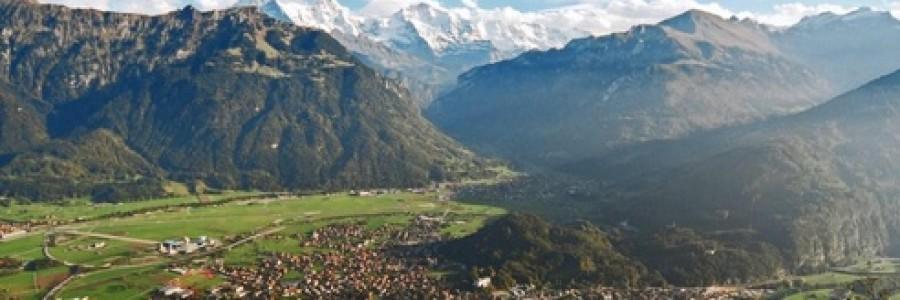

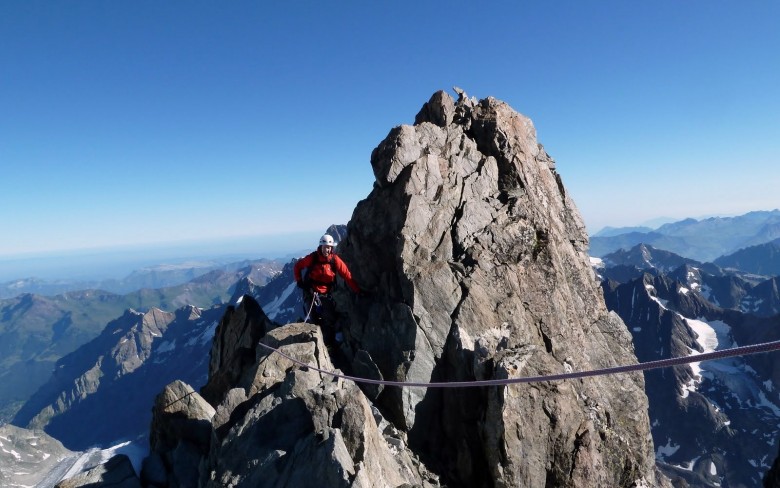
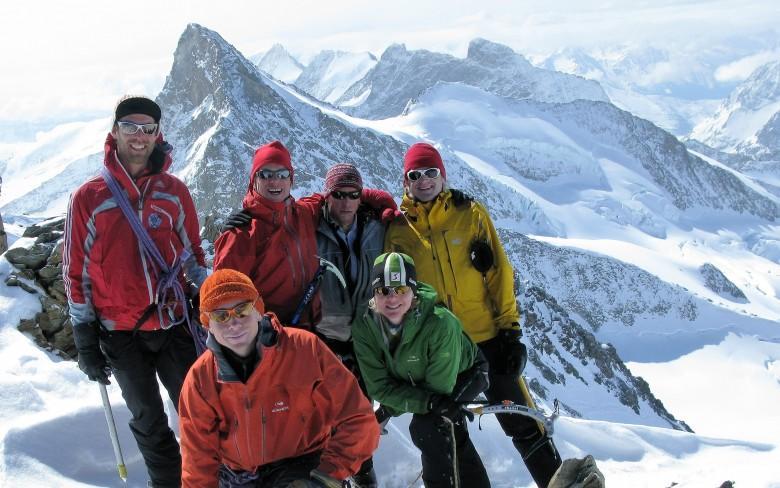
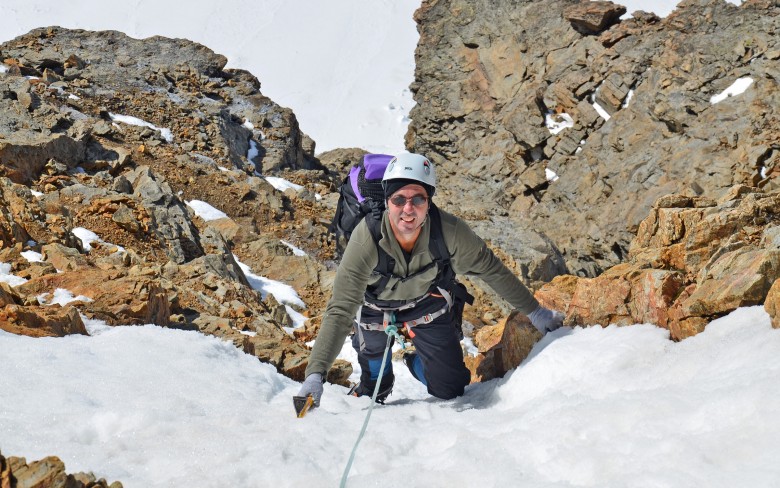
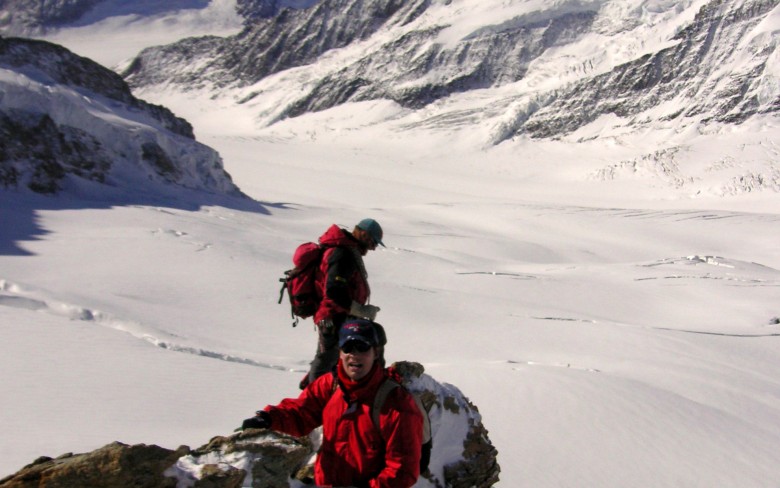
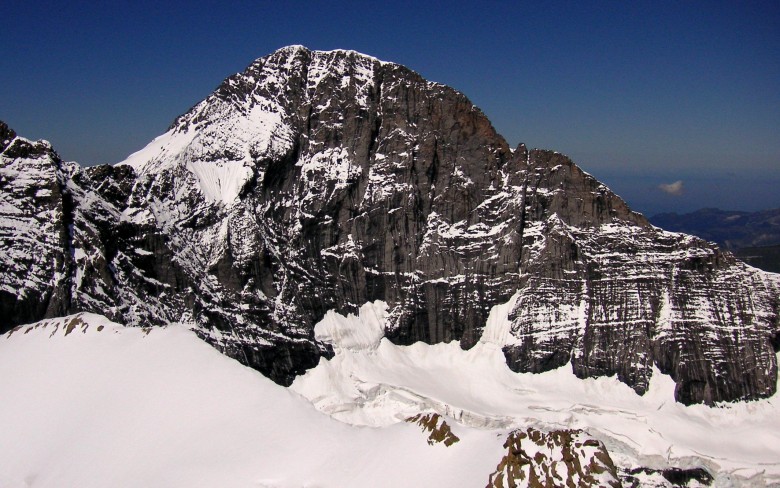
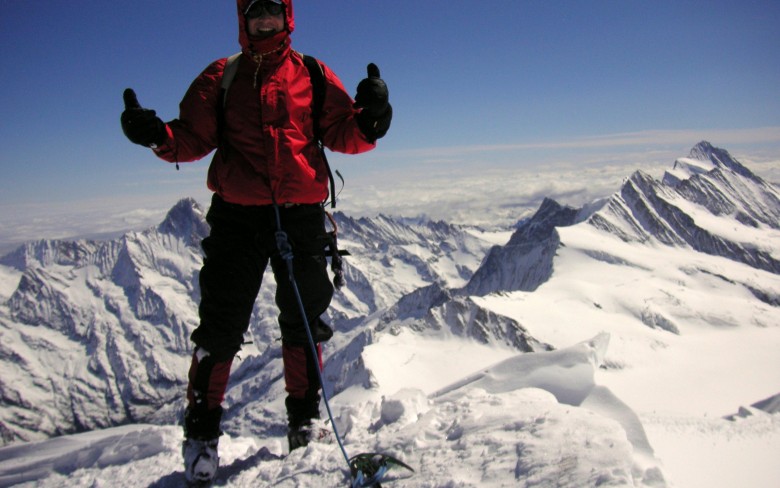
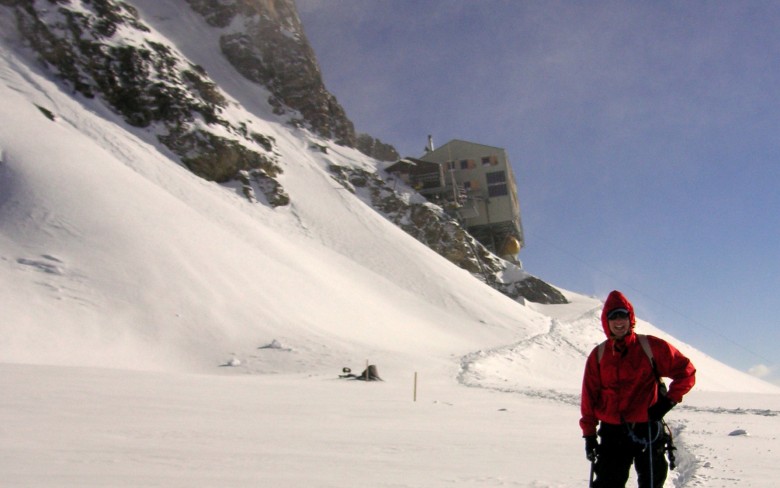
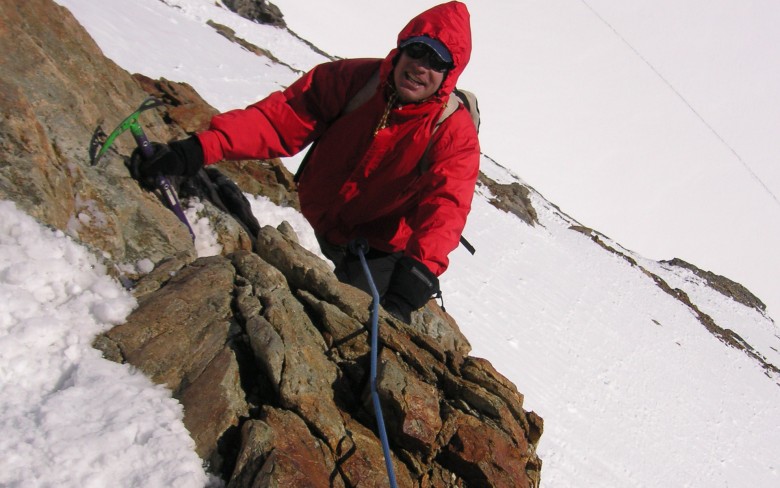
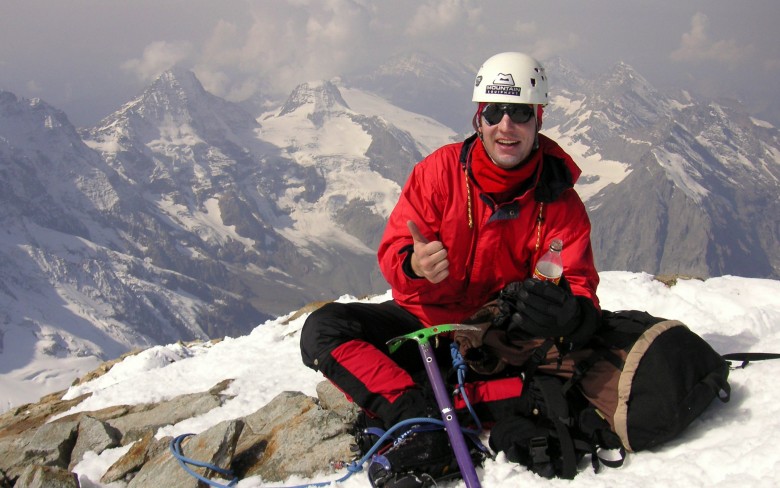
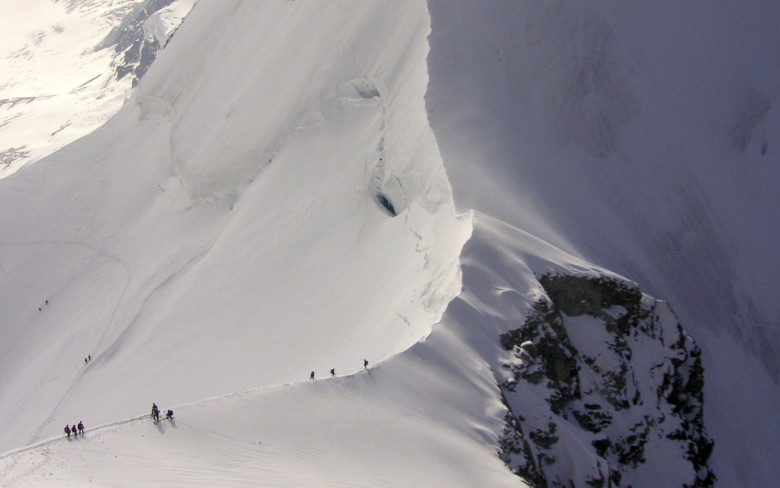
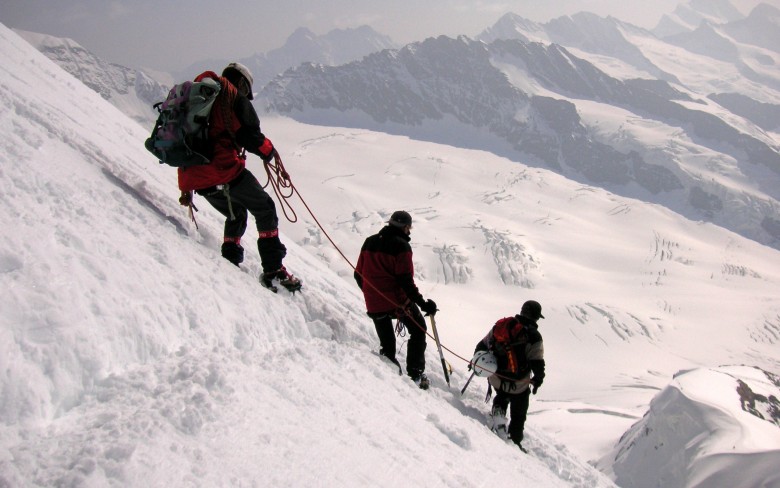
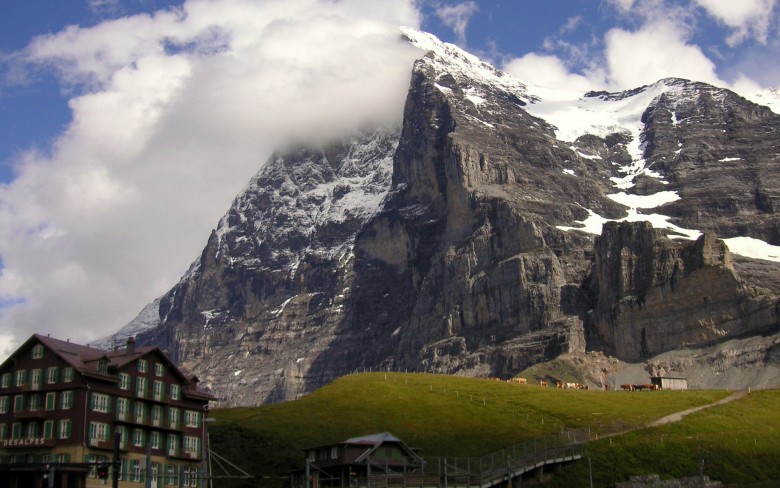
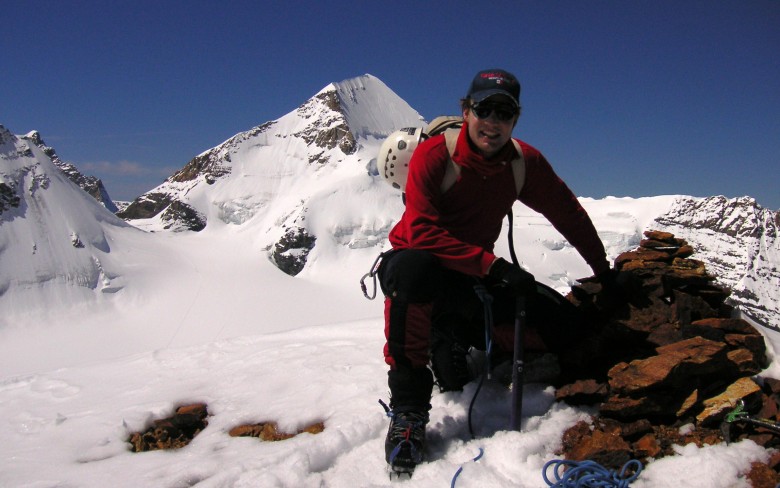
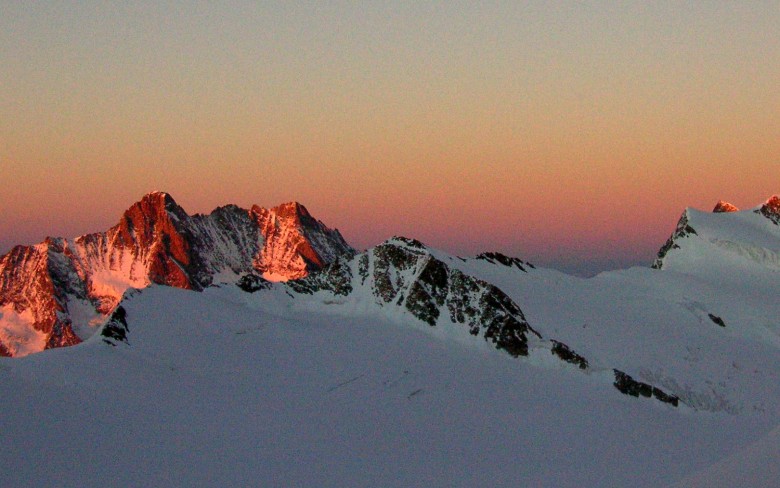
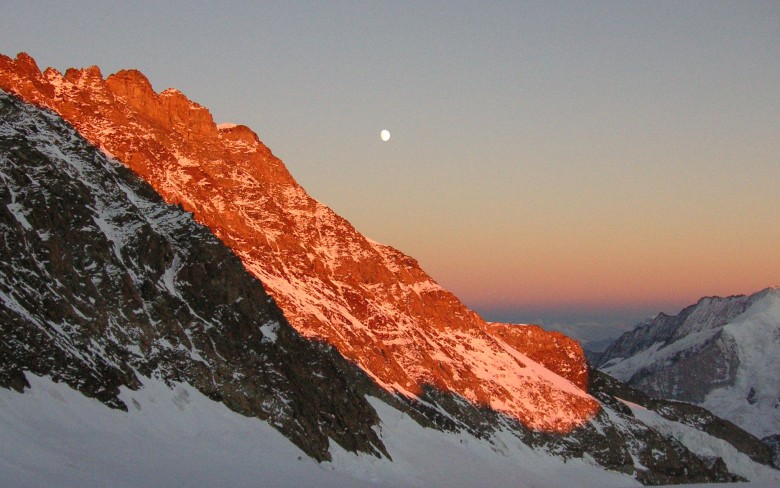
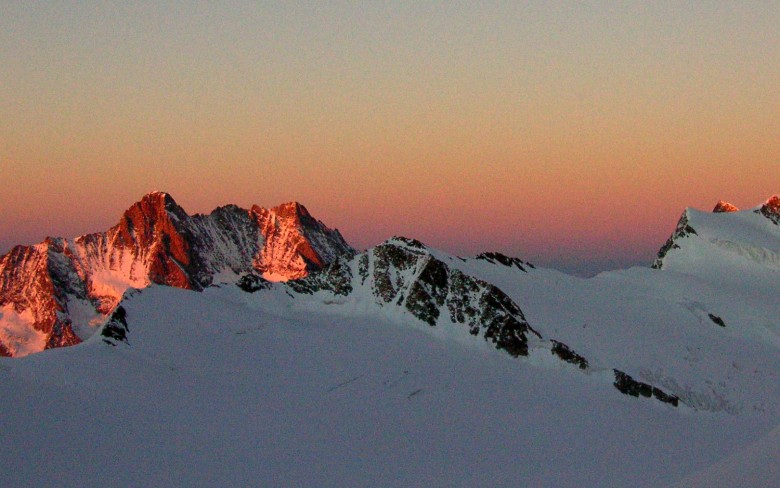
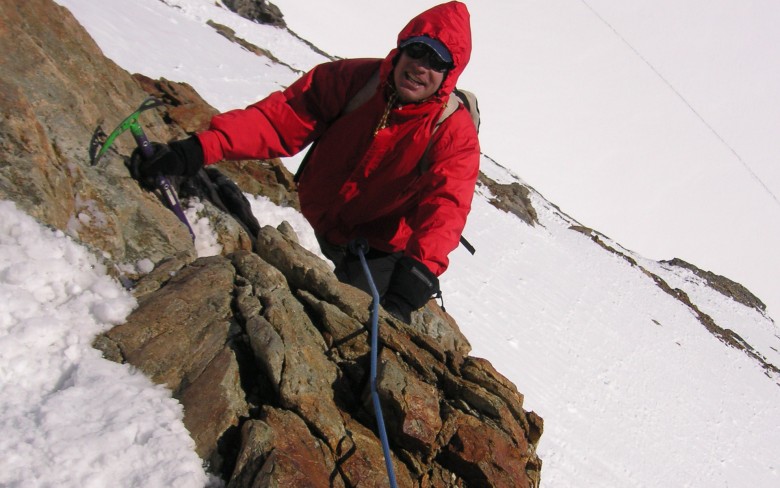
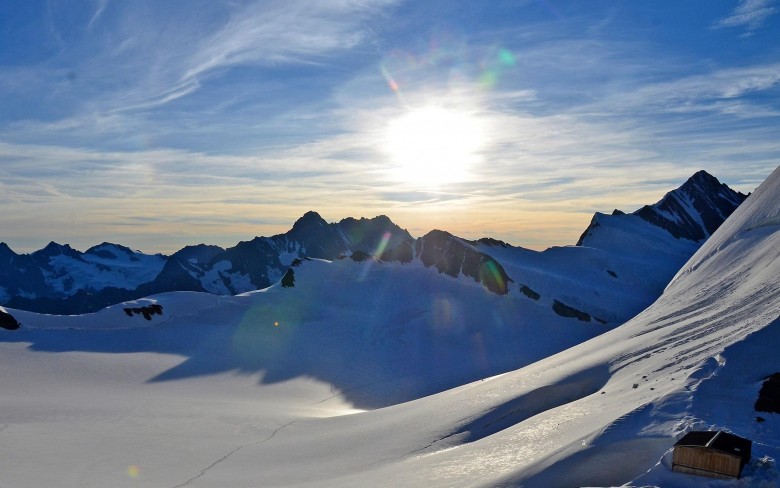
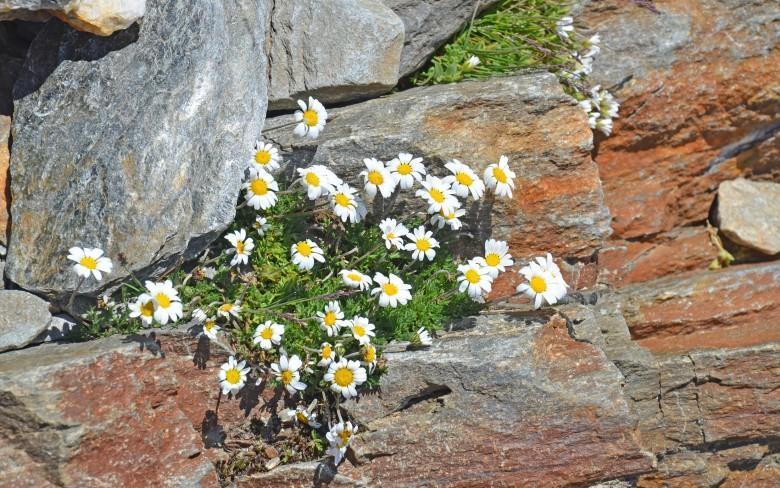
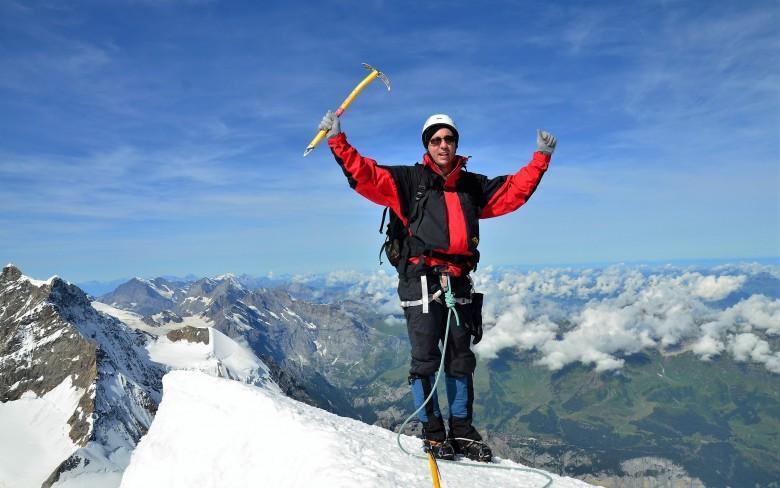
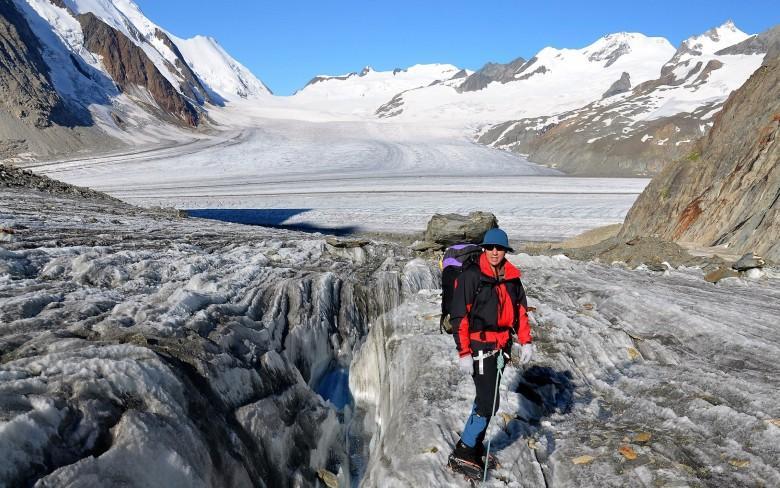
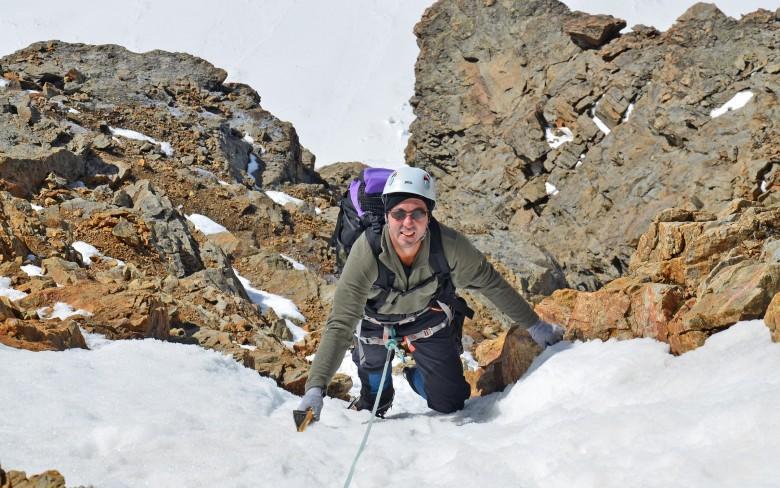
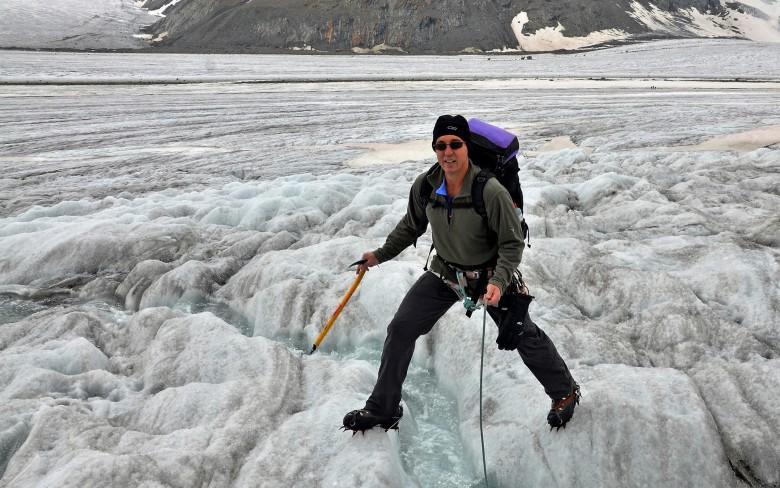
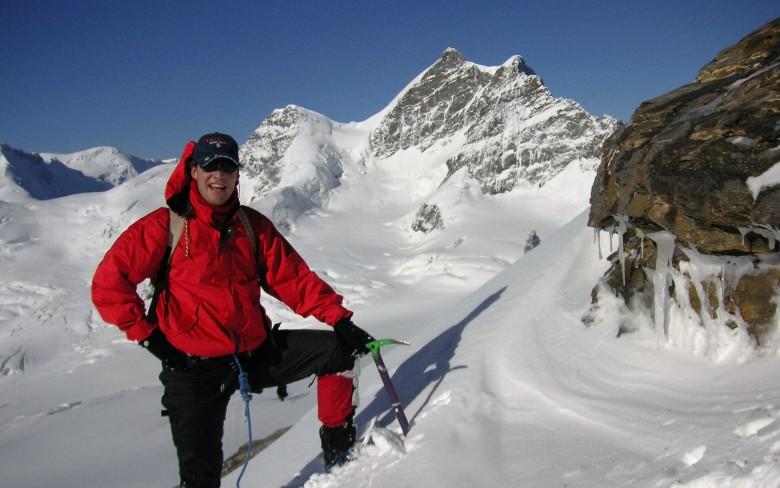
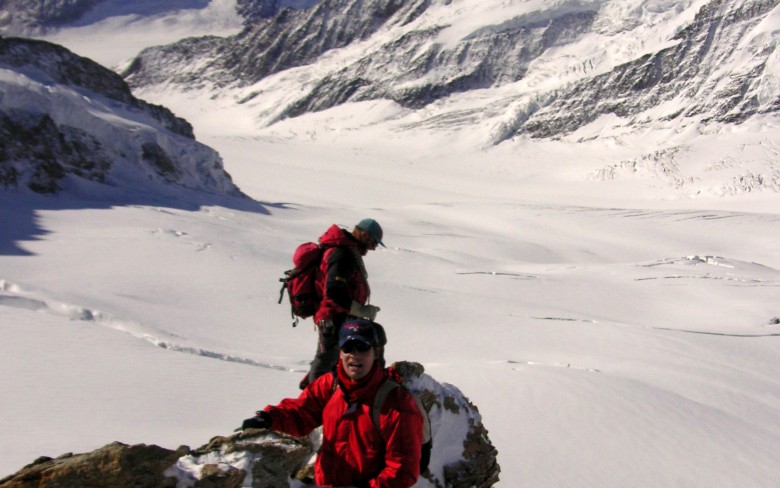
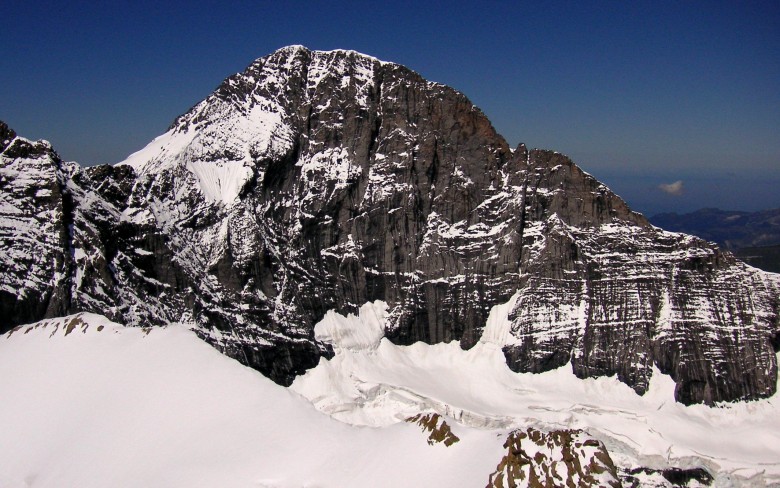
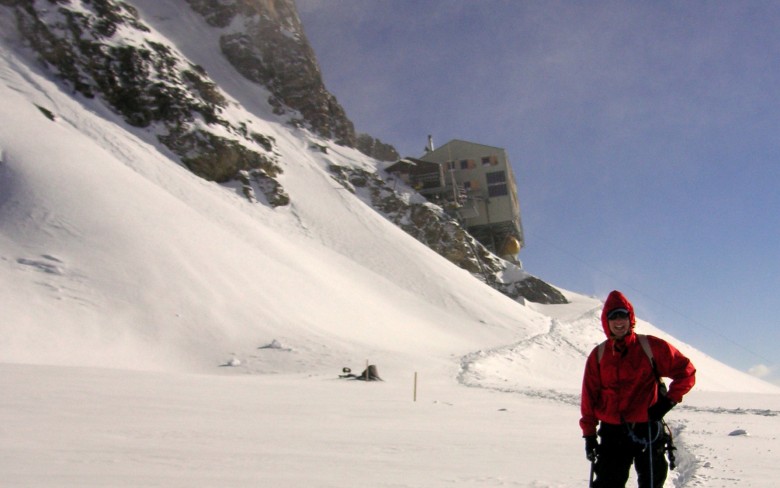
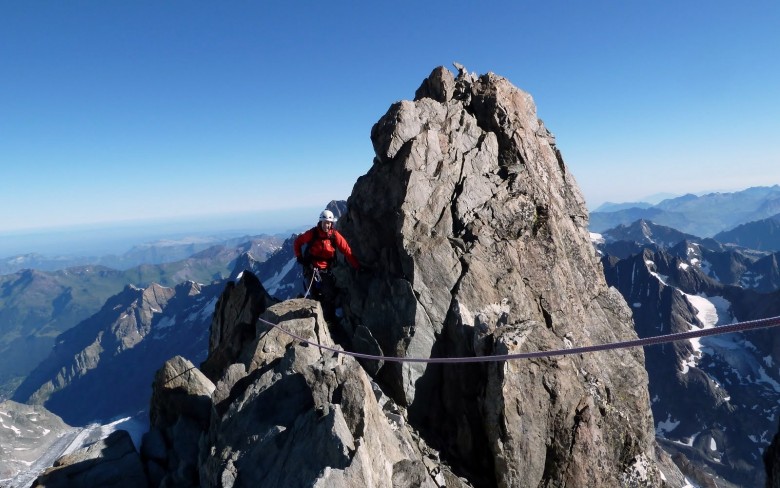

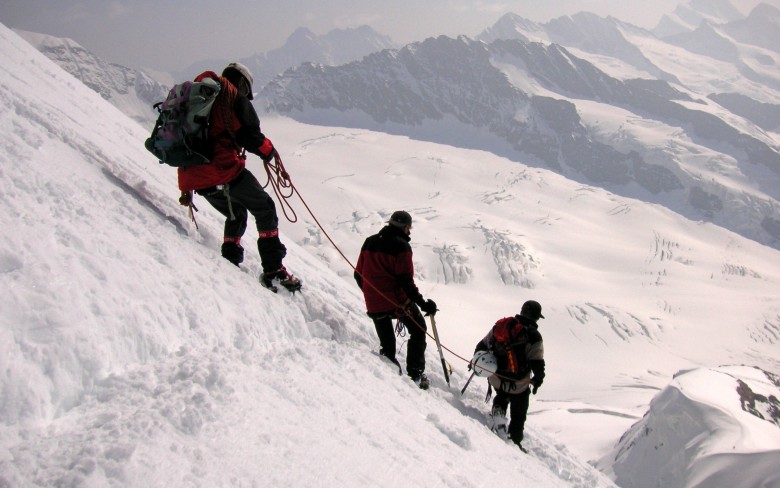
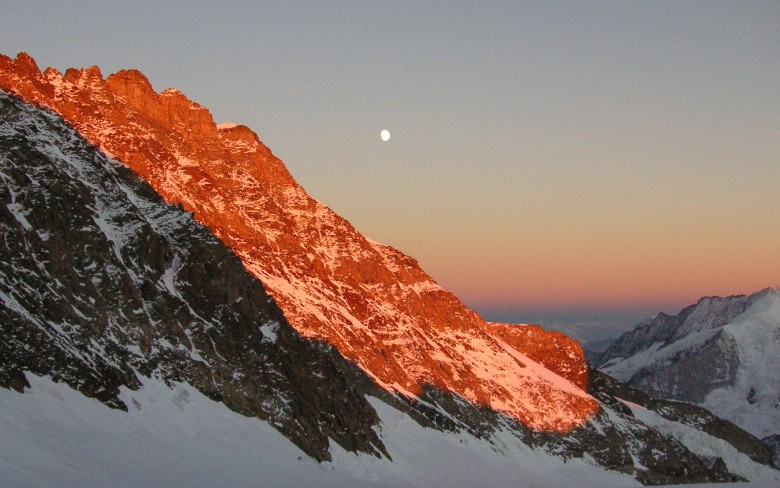
 Travel Website Development
Travel Website Development